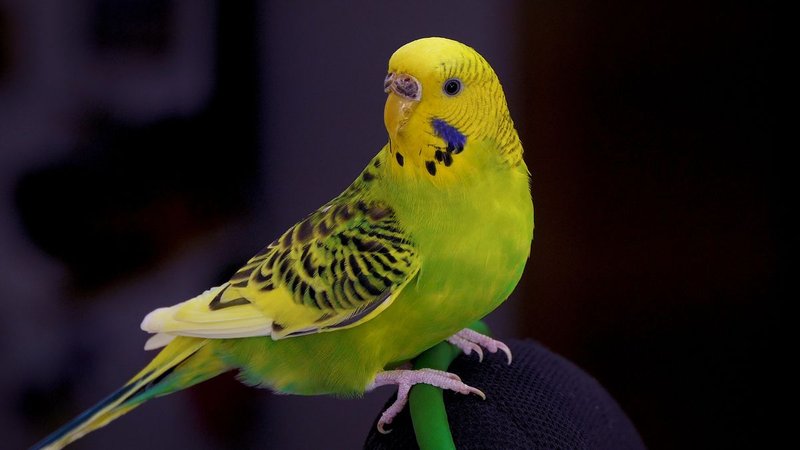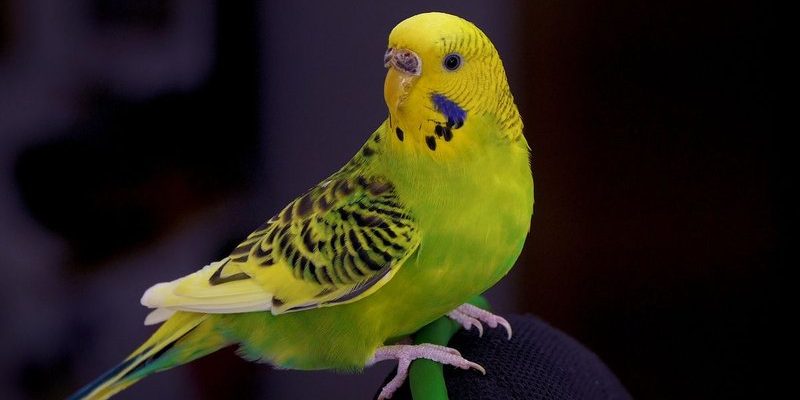
You might be wondering why such a small bird warrants so much attention. Well, let me explain. Budgies, or budgerigars, are not only popular pets but also play a significant role in their natural habitats. They help spread seeds and maintain the balance of their ecosystems. So, when conservationists work to protect budgies, they’re also safeguarding the wider environment. In this article, we’ll explore the various conservation efforts aimed at protecting these delightful birds, what’s being done, and why it matters.
The Importance of Budgerigars in the Ecosystem
Budgerigars are more than just beautiful pets; they play an important role in their natural habitats. These small, social birds primarily feed on grasses and seeds, which helps control plant growth and encourages biodiversity. You might picture them as tiny gardeners, keeping the landscape flourishing. Their feeding habits help spread seeds, fostering the growth of new plants. Without them, certain areas could become overrun with specific plant species, disrupting the ecological balance.
But there’s more to their role than just feeding. Budgies are also prey for larger birds and animals, making them part of the food chain. This interplay is crucial for maintaining the health of ecosystems. When one species diminishes, it can lead to a ripple effect that impacts many others. Thus, protecting budgies isn’t just about saving one species; it’s about preserving a complex web of life.
Also, their presence indicates the health of their environment. If budgie populations are thriving, it’s likely their ecosystem is in good shape. Conversely, if their numbers are declining, it’s a warning sign for conservationists about the broader health of the environment. In this way, budgies serve as a barometer for ecological health.
Threats Facing Wild Budgerigars
Despite their resilient nature, budgerigars face significant threats that have led to declining populations in the wild. One of the largest threats is habitat loss, primarily due to agriculture, urban development, and deforestation. Imagine a cozy neighborhood being replaced by concrete buildings. Similarly, budgies lose their homes as forests and grasslands are cleared. With fewer places to nest and find food, their survival becomes increasingly challenging.
Additionally, climate change poses a substantial risk. Rising temperatures and changing weather patterns affect food availability and nesting conditions. For instance, extreme droughts or floods can impact the seeds and grasses that budgies depend on. This kind of instability makes it tough for them to thrive.
Another major concern is predation by introduced species like cats and foxes. These animals weren’t originally part of the budgerigar’s ecosystem and can wreak havoc on vulnerable bird populations. In many areas, these introductions have led to steep declines in native bird numbers, including budgies.
Conservation Programs and Initiatives
To combat these threats, various conservation programs are underway, focusing on protecting budgerigars and their habitats. Organizations like BirdLife Australia are actively working to monitor budgie populations, assess habitat conditions, and promote conservation awareness. Their efforts include researching population dynamics and developing strategies to help maintain healthy budgerigar numbers in the wild.
One effective conservation strategy focuses on habitat restoration. This involves rehabilitating areas that have been degraded or cleared. Think of it as a home makeover, where a barren landscape is transformed back into a thriving environment for budgies. By planting native grasses and shrubs, conservationists create more suitable habitats for these birds to thrive in.
Additionally, community engagement plays an essential role in successful conservation efforts. Local communities are encouraged to participate in monitoring and protecting budgie habitats. By involving people from different backgrounds, these programs raise awareness about the importance of conservation and foster a sense of responsibility toward wildlife.
Captive Breeding Programs
In addition to protecting wild populations, captive breeding programs are another vital aspect of budgerigar conservation. These programs help ensure that genetic diversity is maintained and can also act as a safeguard against extinction. In many cases, successful breeding in captivity allows for reintroduction into the wild once their habitats are secure.
Captive breeding also provides valuable opportunities for research. Scientists can study behavior, genetics, and the overall health of budgies in a controlled environment. This knowledge can then be applied to improve wild populations and develop better conservation strategies.
These programs often involve partnerships between zoos, wildlife parks, and conservation organizations. By pooling resources and expertise, these groups can create more effective breeding programs. Plus, they help educate the public about the challenges facing budgies and the importance of conservation.
Community Involvement in Conservation
Community involvement is a powerful tool in the fight for budgerigar conservation. When locals are educated about the challenges that budgies face, they are more likely to take action to help protect them. Workshops, school programs, and social media campaigns play a significant role in spreading useful information.
For example, some communities are organizing bird-watching events that help raise awareness of local budgerigar populations. These activities not only allow people to appreciate the beauty of these birds but also encourage them to take an active role in their protection. It’s like having a grassroots movement built around a shared love for these feathered friends.
Moreover, local volunteers can assist in habitat restoration projects. Whether it’s planting native trees or cleaning up local areas, these actions can have a meaningful impact on budgie populations. When communities work together, they can create a more favorable environment for wildlife.
The Role of Education in Conservation
Education plays a fundamental role in conservation efforts aimed at protecting budgies. By teaching people about the importance of these birds, we foster a culture of environmental stewardship. Schools and community organizations can introduce programs that focus on wildlife conservation, encouraging younger generations to care for their local ecosystems.
Public awareness campaigns are also critical. These initiatives could involve social media postings, documentaries, or local events that highlight the plight of budgies and other wildlife. The goal is to create a connection between people and nature. As people learn more about the struggles facing budgies, they may become motivated to support conservation actions.
Furthermore, educating pet owners on how to care for their budgies is essential. Sometimes, well-intentioned owners might unknowingly contribute to problems through improper care or breeding practices. Providing resources and guidance can lead to healthier pet populations and ultimately support conservation efforts in the wild.
Final Thoughts
Conservation efforts aimed at protecting the budgie are as vibrant and varied as the birds themselves. These initiatives not only focus on preserving a beloved species but also aim to protect the interconnected ecosystems they serve. From habitat restoration to community involvement and education, every little effort counts in ensuring that budgies continue to thrive in the wild.
As more people become aware of the challenges facing these delightful creatures, the future looks brighter. Whether you’re a dedicated bird enthusiast or just someone who appreciates nature, understanding and supporting conservation efforts can make a real difference. After all, every budgie saved is not just a victory for wildlife; it’s a victory for nature itself. So next time you hear the soft chirping of a budgie, remember—it’s a reminder of the beautiful world we need to protect.

